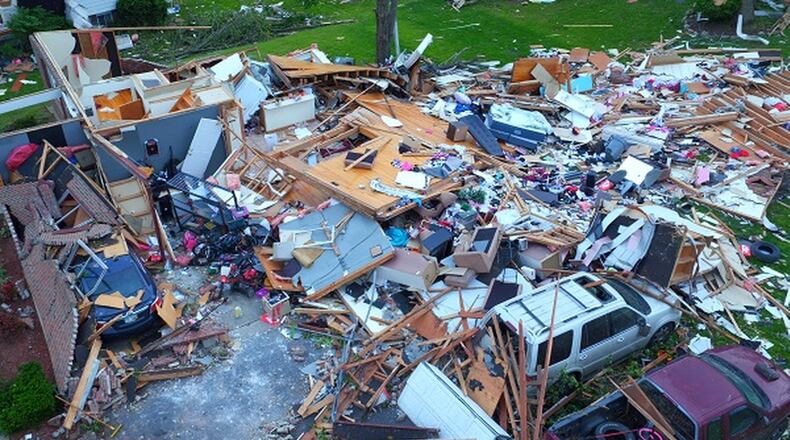“We’re going to take the audience through some of the radar analysis that went on in real-time in our operations — basically dissecting the storms,” said Kristen Cassady, a meteorologist and one of the presenters.
Andy Hatzos and Nate McGinnis, two other National Weather Service meteorologists from the Wilmington office, will also help describe the environmental factors that triggered the late evening outbreak two years ago next week.
The program will include time for those attending to share their experiences, Cassady said.
“One of the goals of this this event is really to give people a chance to tell their story, too,” she said. “It’s so important for us at the National Weather Service to hear those personal stories of how the event impacted them.”
Registration for the online event is required at https://register.gotowebinar.com/register/2556327565745447440. The presentation will be recorded and posted later on YouTube.
Cassady said 2021 is off to a quiet start in the 52 counties the Wilmington office covers in southwest and central Ohio, southeast Indiana and northern Kentucky. Only eight severe thunderstorm warnings have been issued this year, the fewest during the same period since 2004.
“Other parts of Ohio and Indiana have had a similar trend,” she said. “Part of what has contributed to that is the fact that it’s just been so cool. We’ve had a lot of cool dry air masses that have settled into the region and that tends to keep the storms away.”
COMING NEXT SUNDAY
Two years after the tornadoes, the Dayton Daily News will examine recovery efforts and initiatives to make the region more resilient in the face of a future natural disaster.
About the Author

